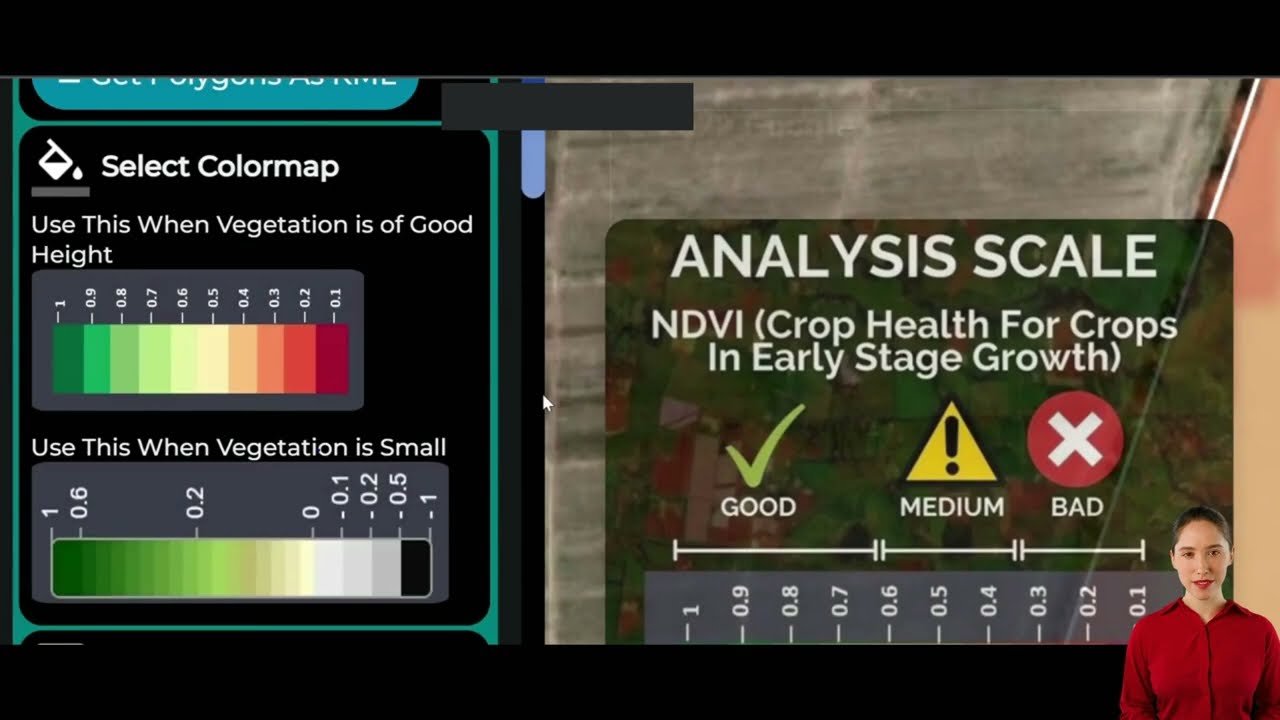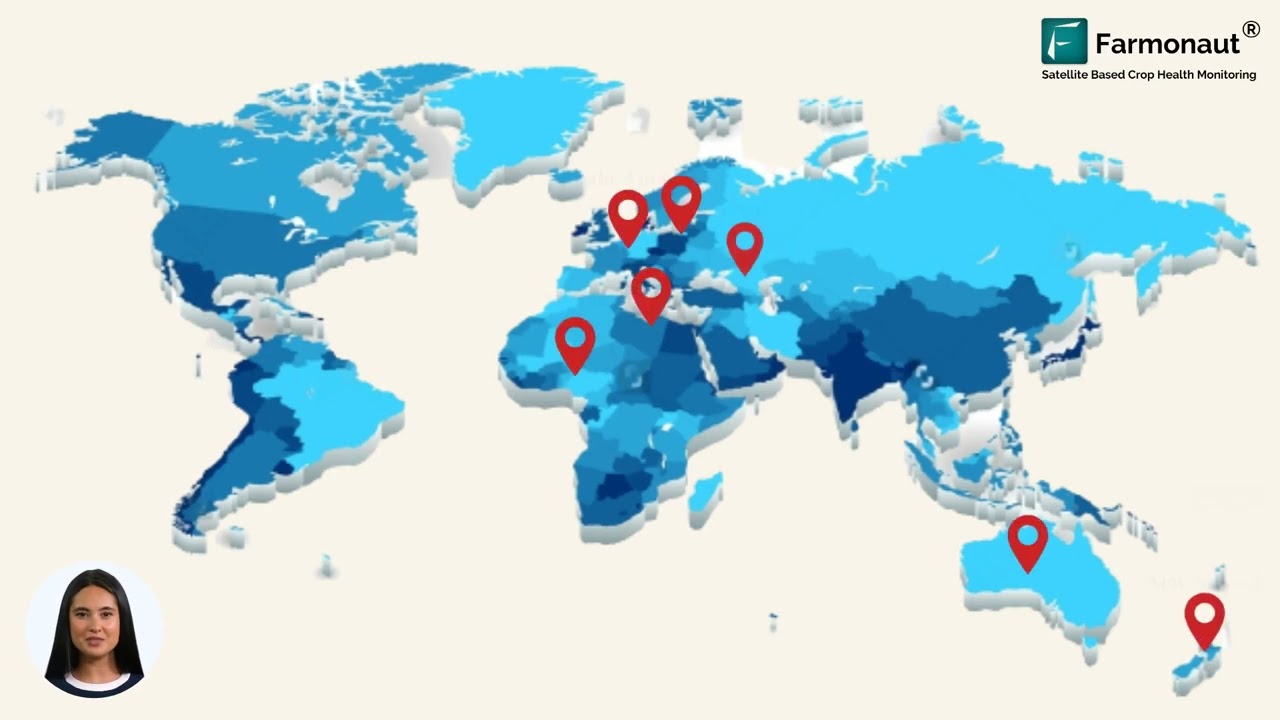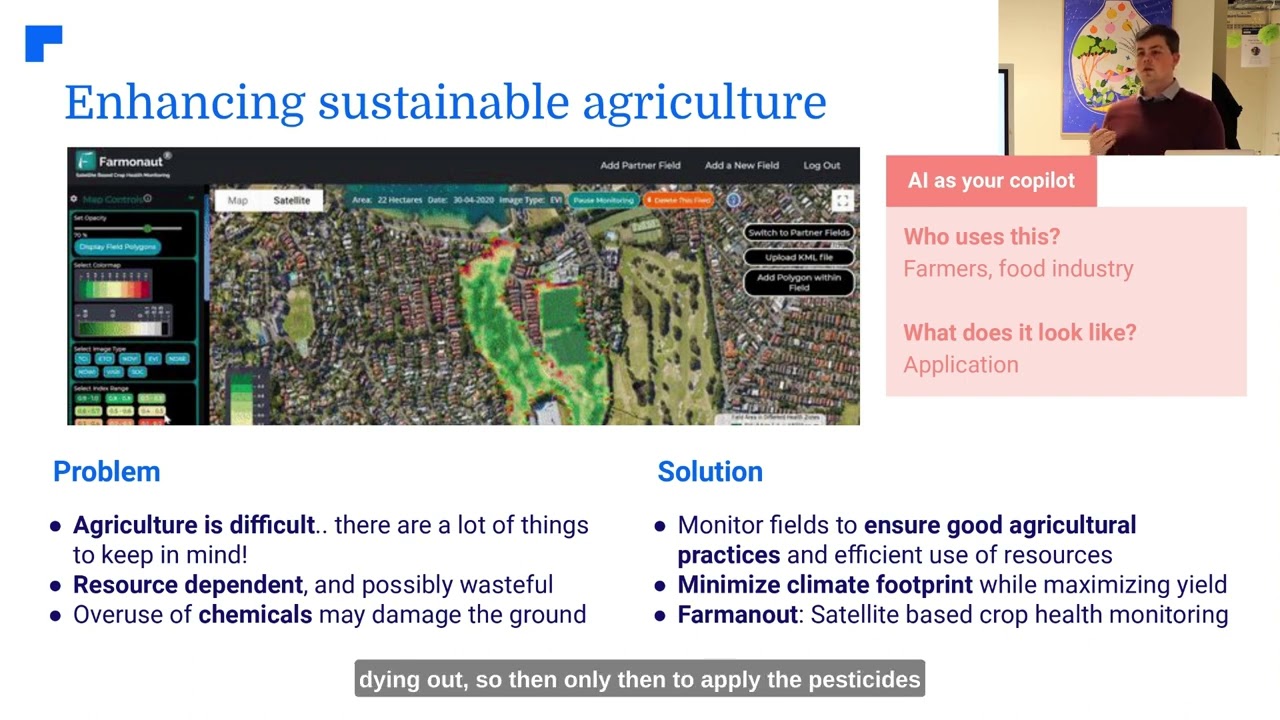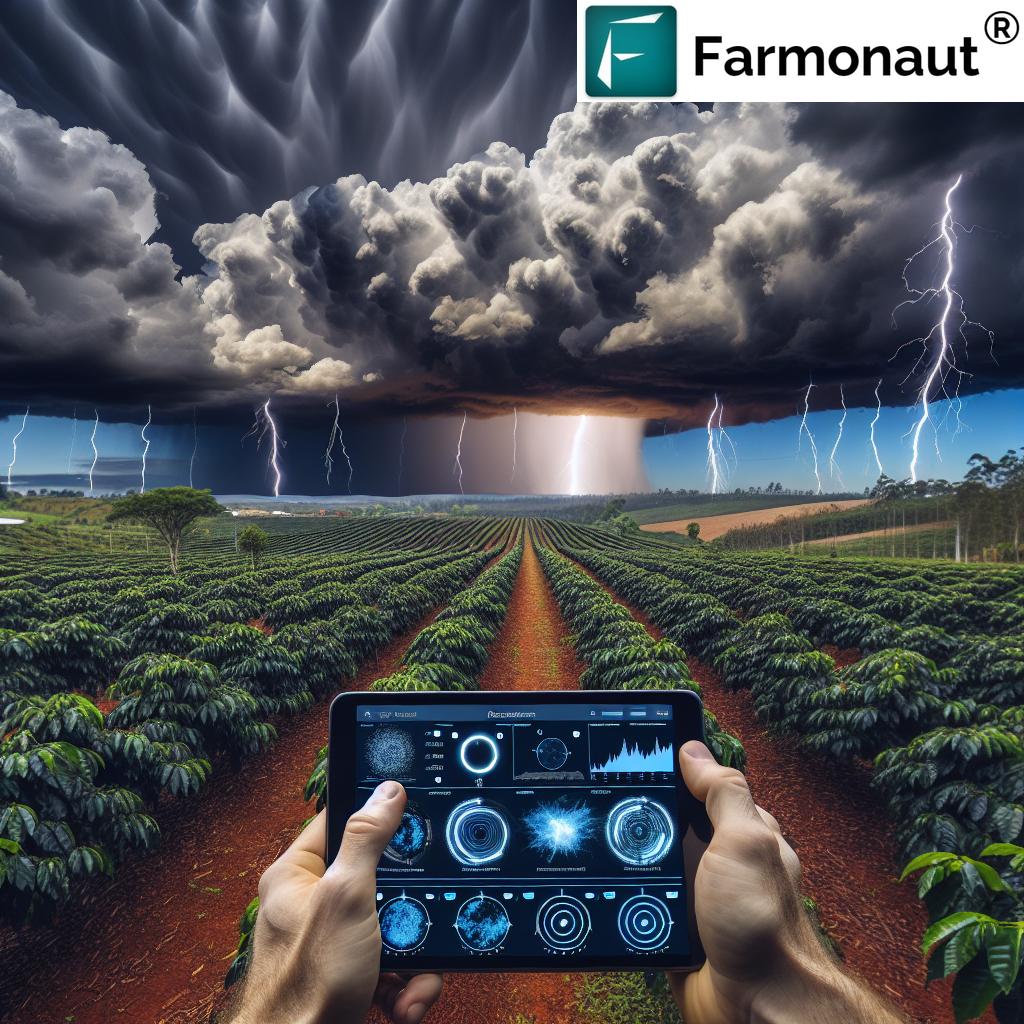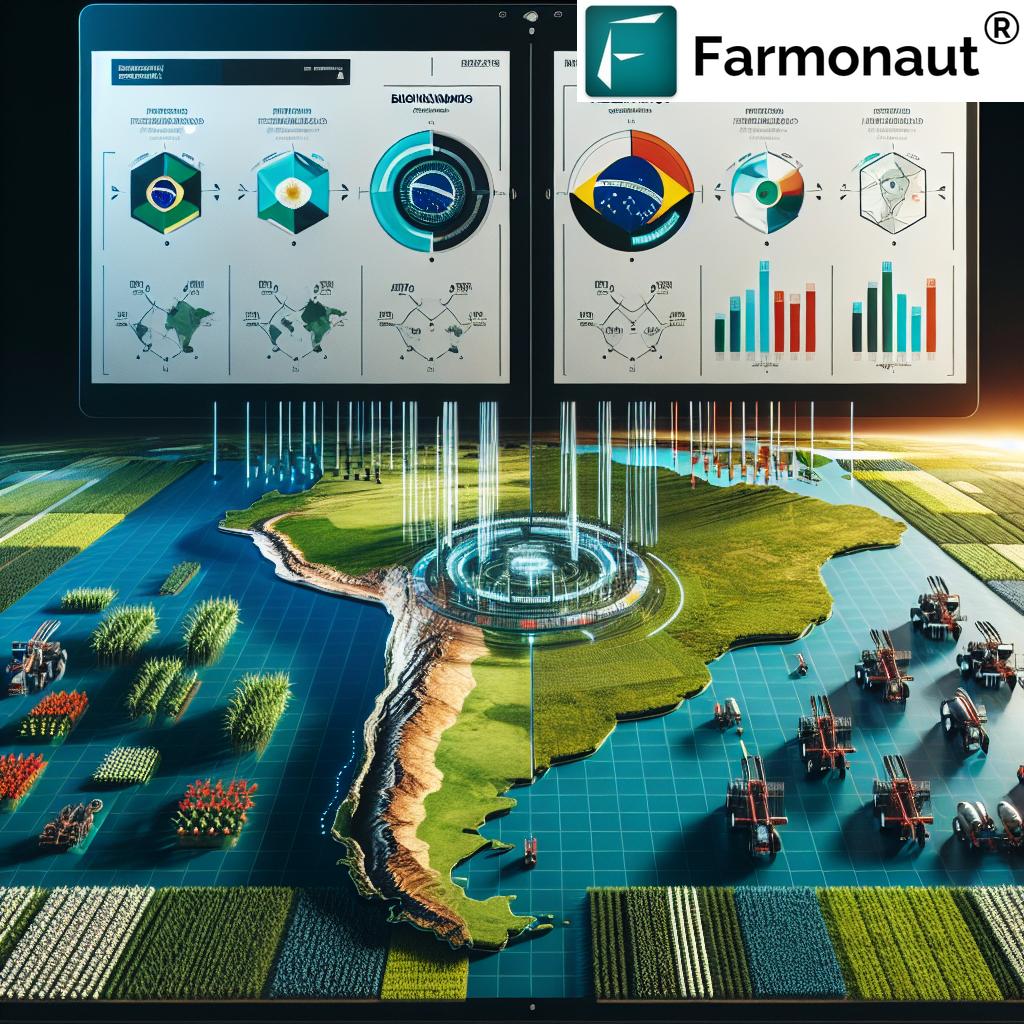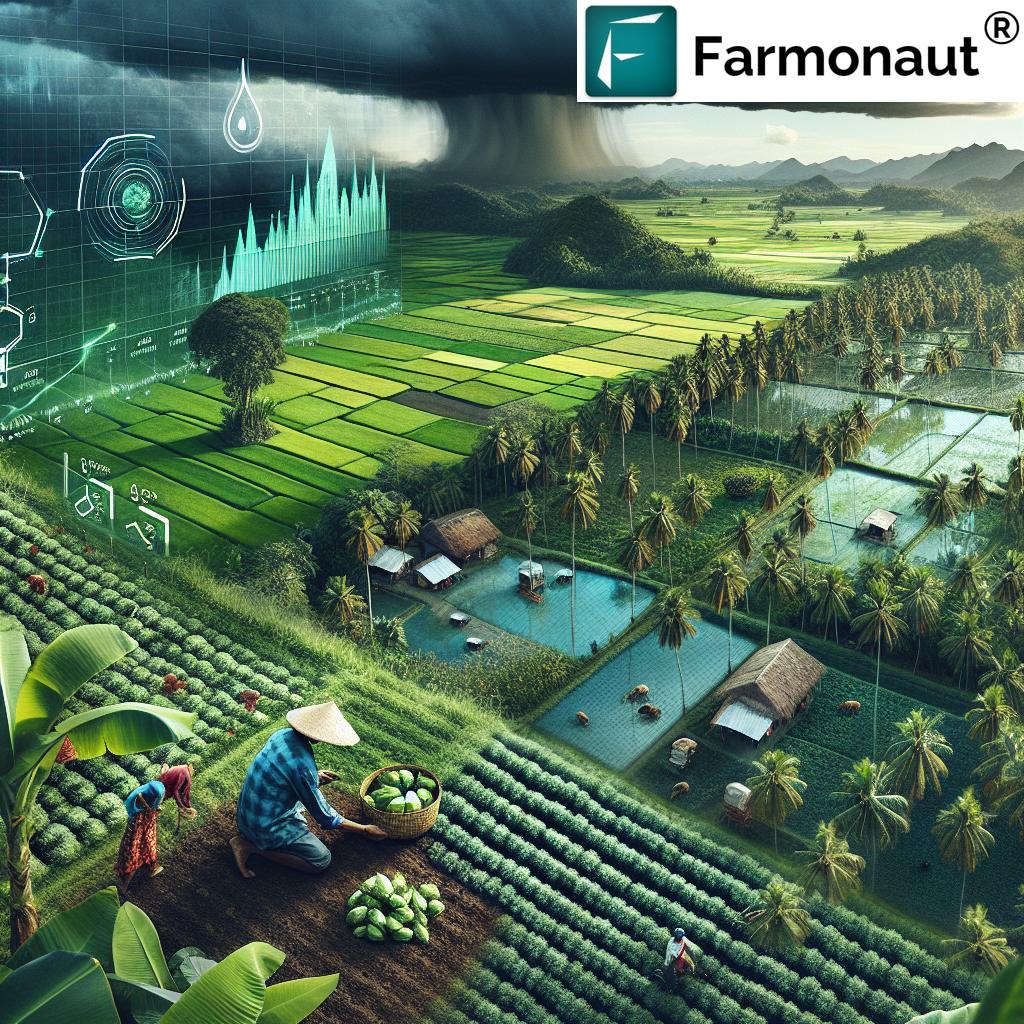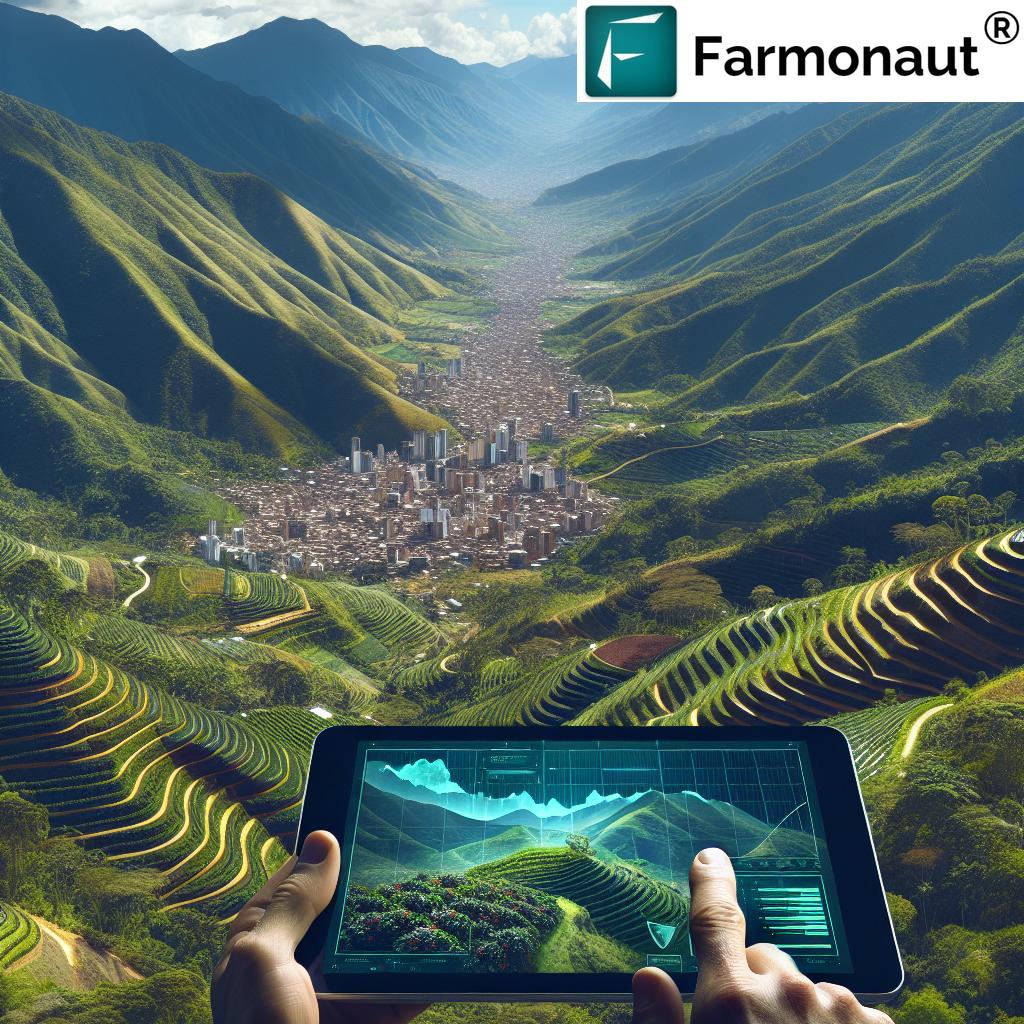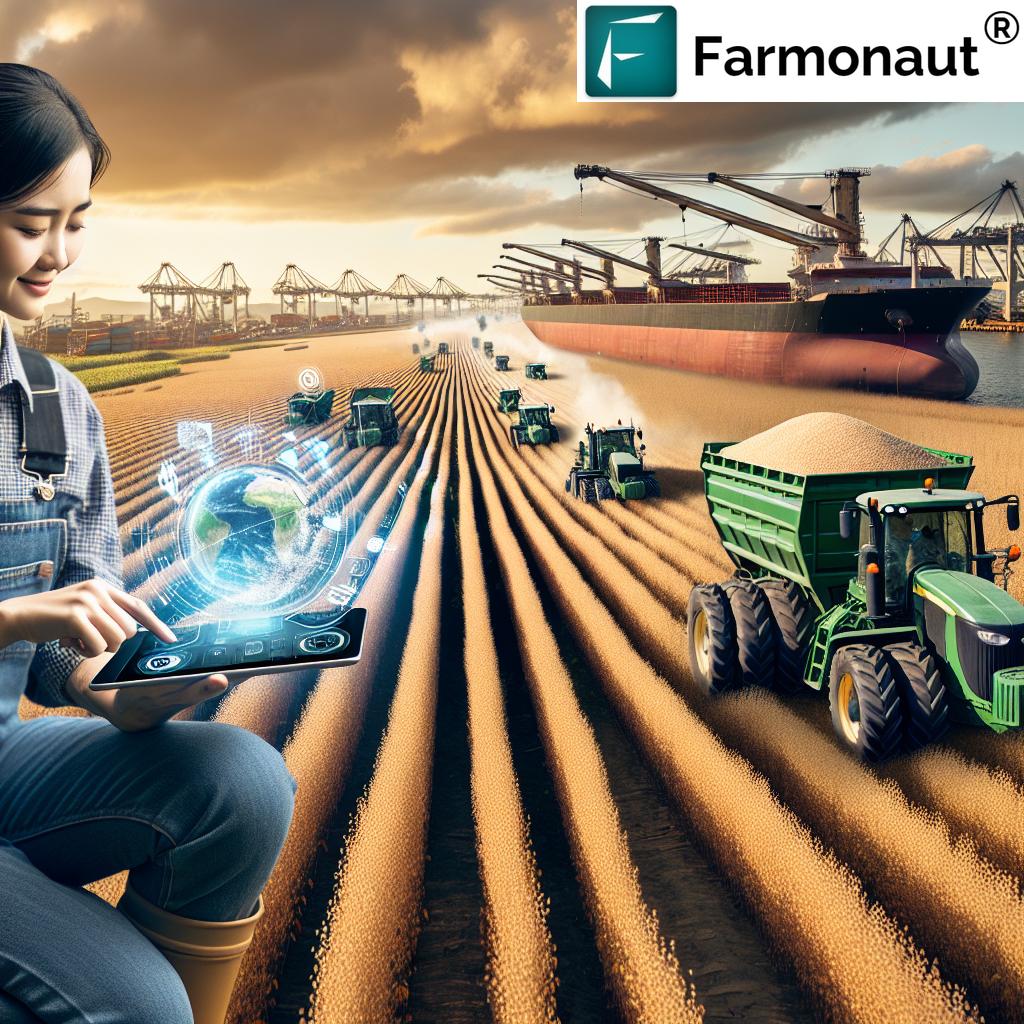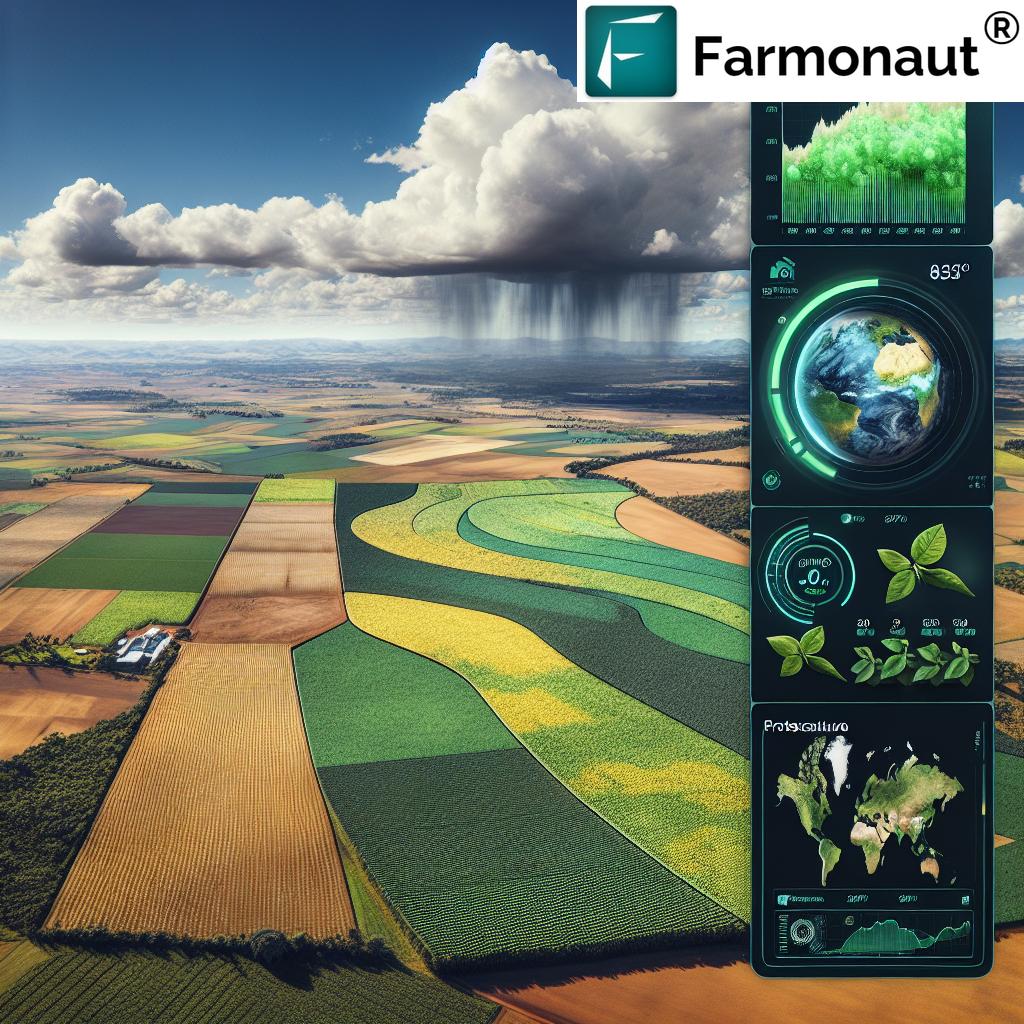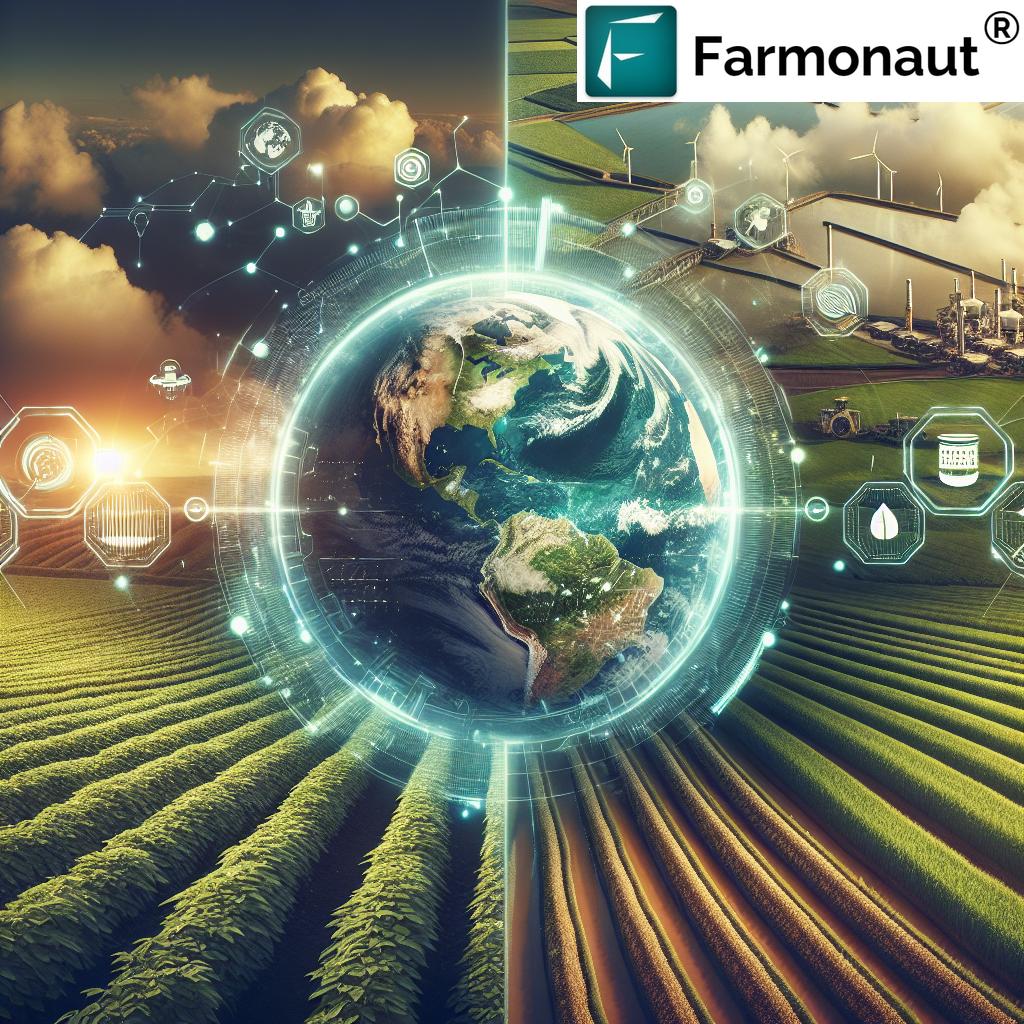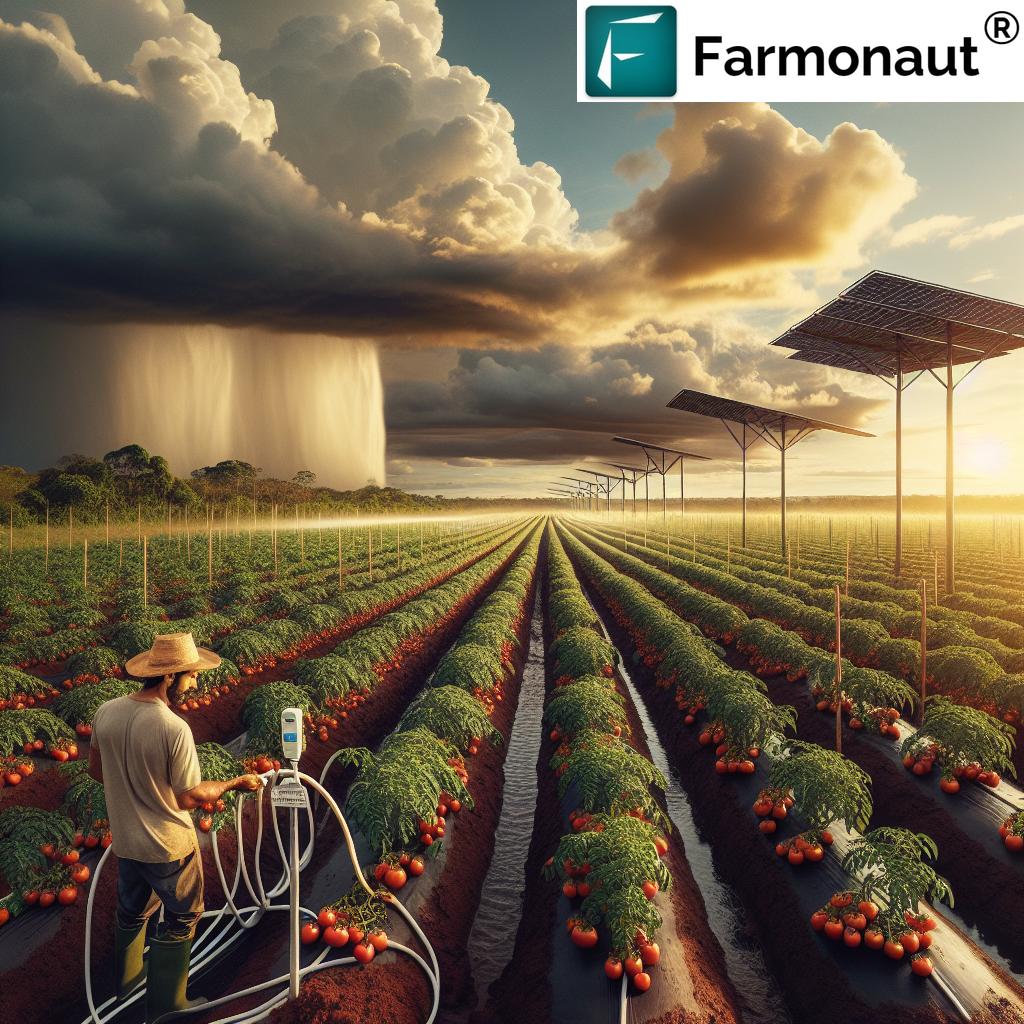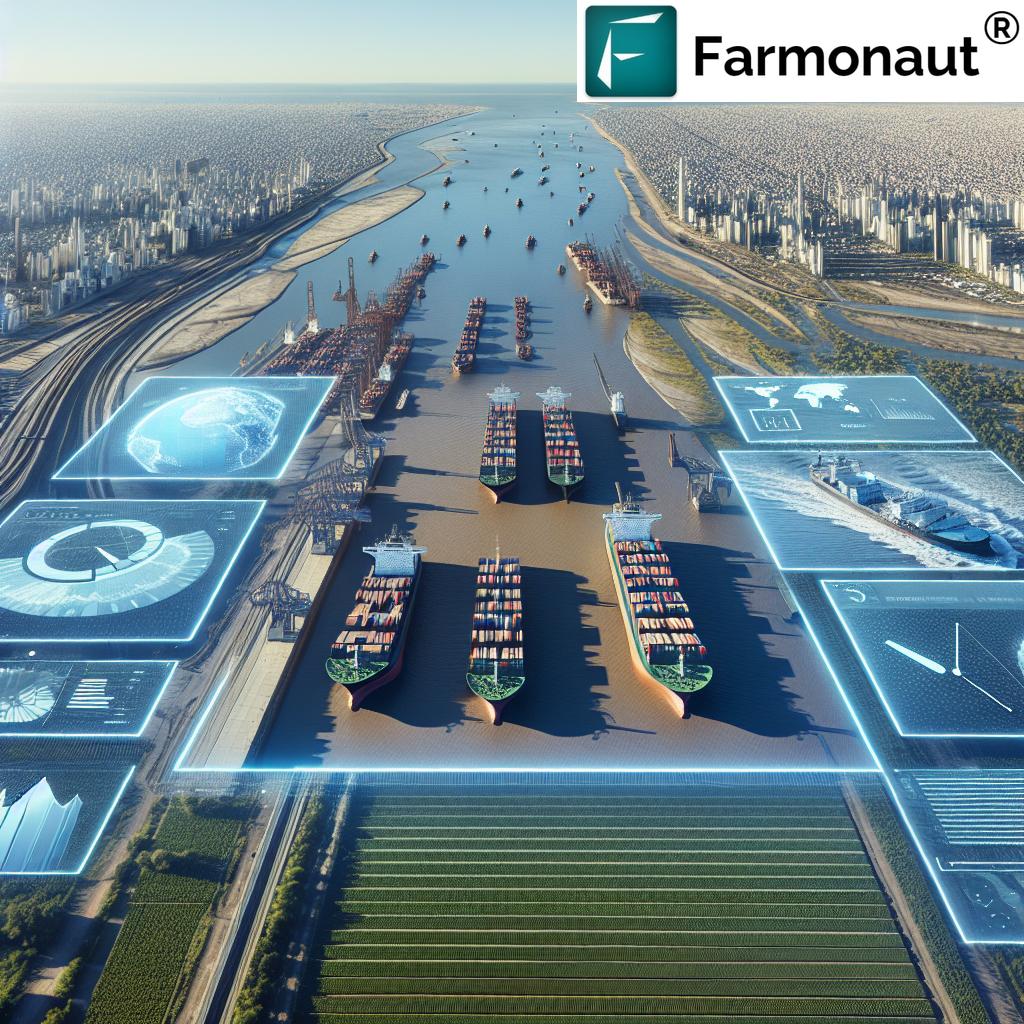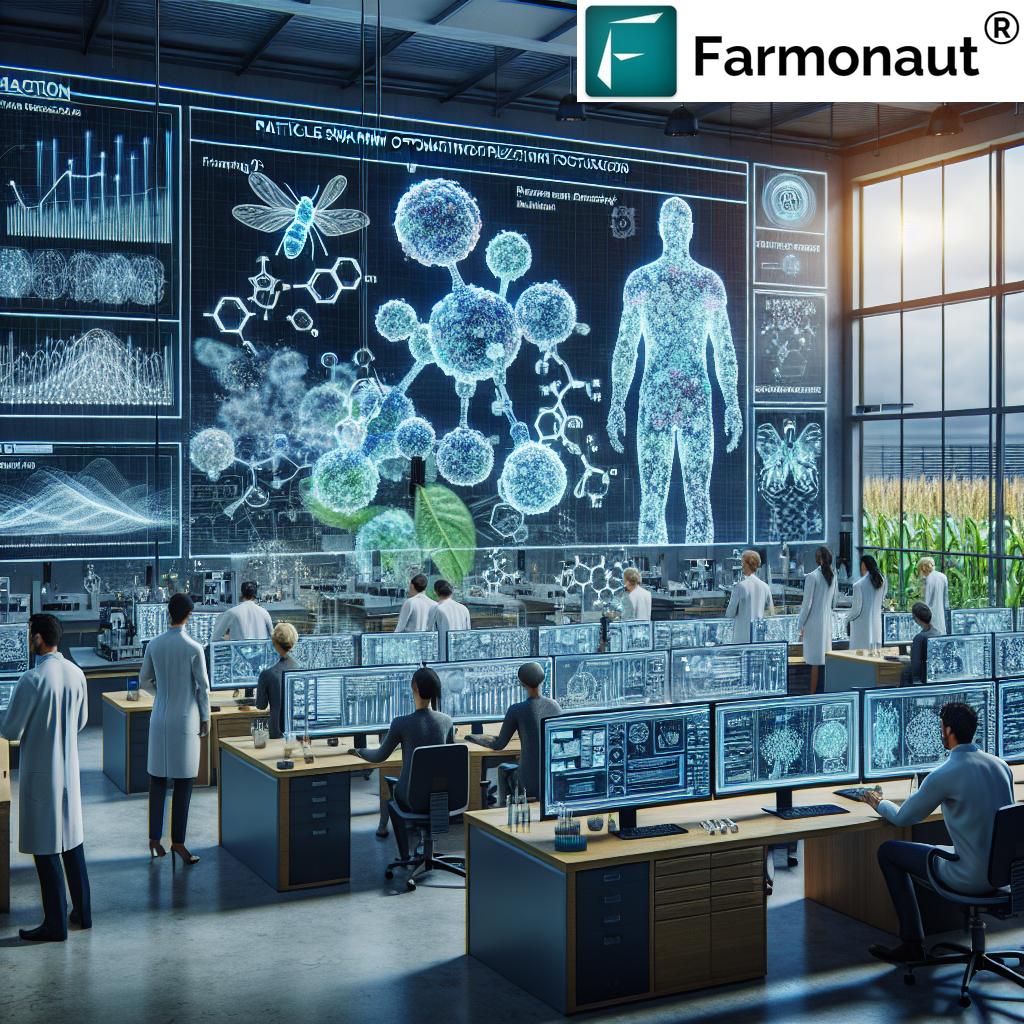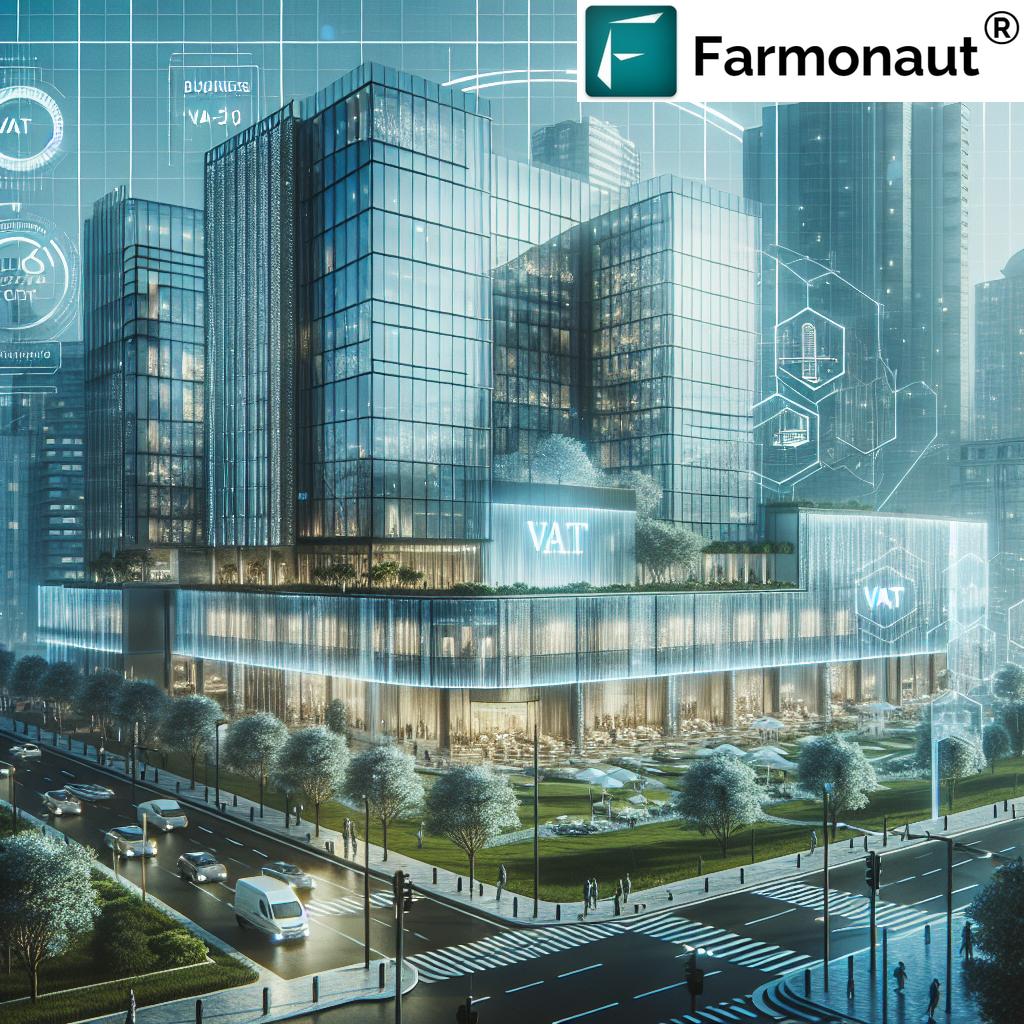Revolutionizing Sustainable Soy: Satellite Monitoring and AI Traceability in Brazil’s Cerrado Biome
“100% traceability achieved in Brazil’s Cerrado biome soy purchases, marking a milestone in deforestation prevention efforts.”
In the heart of South America, a revolution is unfolding in the world of sustainable agriculture. We’re witnessing a remarkable transformation in how soy, one of the world’s most important commodities, is produced and tracked in Brazil’s Cerrado biome. This vast savanna, known for its rich biodiversity and agricultural potential, has become the stage for a groundbreaking fusion of satellite technology, artificial intelligence, and environmental stewardship.
As we delve into this topic, we’ll explore how innovative agtech solutions are reshaping the landscape of soy production, setting new benchmarks for sustainability, and paving the way for a more transparent and environmentally responsible future in agriculture.
The Cerrado Biome: A Crucible of Innovation and Sustainability
The Cerrado, spanning over 2 million square kilometers, is not just Brazil’s agricultural heartland; it’s a global powerhouse in soy production. However, this region faces significant challenges, particularly the risk of deforestation. It’s here that the intersection of technology and sustainability is making its most profound impact.
Recent developments have shown that achieving 100% traceability in soy supply chains is not just a lofty goal but a tangible reality. This milestone marks a significant leap forward in our collective efforts to prevent deforestation and promote sustainable agriculture practices.

Satellite Monitoring: The Eyes in the Sky
At the core of this agricultural revolution is the power of satellite monitoring. Advanced Earth observation satellites now provide unprecedented visibility into farming practices across the vast expanse of the Cerrado. These satellites offer:
- Real-time monitoring of crop health
- Detection of land-use changes
- Early warning systems for potential deforestation
This technology allows for the tracking of soy from field to market with unparalleled accuracy. By leveraging multispectral imagery, we can now assess vegetation health, soil moisture levels, and even predict crop yields with remarkable precision.
AI-Driven Traceability: The Brain Behind the Operation
“AI-powered platform assesses socio-environmental factors of agricultural properties, revolutionizing sustainable soy production in Brazil’s Cerrado.”
Artificial Intelligence (AI) is the linchpin in translating vast amounts of satellite data into actionable insights. AI algorithms can:
- Analyze patterns in land use
- Identify potential areas of concern
- Provide recommendations for sustainable farming practices
This AI-driven approach enables a level of supply chain verification that was previously unimaginable. It’s not just about tracking soy; it’s about understanding the entire ecosystem in which it’s grown.
The LYRA Platform: A Game-Changer in Agricultural Assessment
One of the most innovative tools in this new era of sustainable soy is the LYRA platform. Developed by agtech firm Vega Monitoramento, LYRA represents a quantum leap in agricultural property assessment. This platform integrates:
- Satellite imagery
- Remote sensing data
- Artificial intelligence algorithms
- Structured environmental and social data
LYRA offers a comprehensive socio-environmental assessment of agricultural properties, providing invaluable insights for farmers, cooperatives, and grain resellers. This tool is not just about monitoring; it’s about empowering stakeholders with the knowledge to make sustainable choices.
Bridging Direct and Indirect Supply Chains
One of the most significant challenges in soy traceability has been the complexity of supply chains, especially indirect purchases. The recent achievement of 100% traceability in both direct and indirect soy purchases in key Cerrado regions is a testament to the power of these new technologies.
This breakthrough covers critical areas including:
- Maranhão
- Tocantins
- Piauí
- Bahia
- Mato Grosso
By extending traceability to indirect suppliers, including local grain resellers and cooperatives, we’re closing a critical gap in supply chain verification.
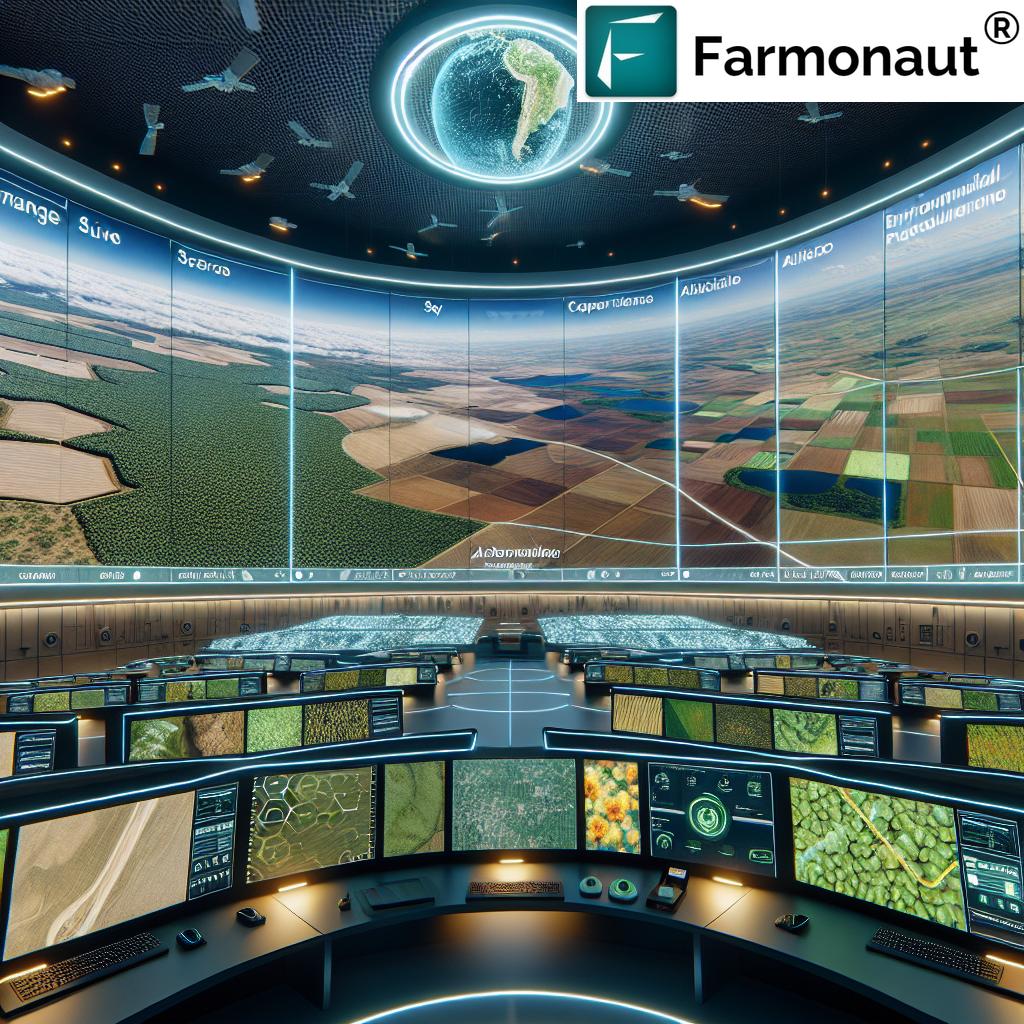
The Role of Agtech Solutions in Sustainable Agriculture
The integration of agtech solutions in soy production is not just about traceability; it’s about fostering a new paradigm in sustainable agriculture. These technologies offer:
- Improved resource management
- Enhanced crop yield predictions
- Better pest and disease control
- Optimized water usage
By providing farmers with real-time data and AI-driven insights, we’re enabling more informed decision-making that benefits both agricultural productivity and environmental conservation.
Comparative Analysis: Traditional vs. Advanced Traceability Methods
To truly appreciate the impact of these new technologies, let’s compare traditional and advanced traceability methods in soy production:
| Traceability Method | Technology Used | Supply Chain Coverage (%) | Deforestation Detection Accuracy (%) | Implementation Time (months) | Cost Effectiveness (1-5 scale) |
|---|---|---|---|---|---|
| Traditional Manual Tracking | Paper-based records, Basic GPS | 60-70 | 30-40 | 18-24 | 2 |
| Satellite Monitoring | High-resolution satellite imagery | 85-90 | 70-80 | 6-12 | 4 |
| AI-Driven Traceability | Machine learning algorithms, Big Data analytics | 90-95 | 80-90 | 3-6 | 4 |
| Integrated Platform (Satellite + AI) | Combined satellite, AI, and blockchain technologies | 95-100 | 90-95 | 1-3 | 5 |
This comparison clearly illustrates the superiority of advanced agtech solutions in terms of coverage, accuracy, implementation speed, and cost-effectiveness.
The Impact on Deforestation Prevention
One of the most crucial aspects of these technological advancements is their impact on deforestation prevention. By achieving near-perfect traceability, we can:
- Quickly identify and address potential deforestation risks
- Ensure compliance with zero-deforestation commitments
- Promote responsible land use practices
This level of oversight is crucial in preserving the Cerrado’s unique ecosystem while maintaining its status as a key agricultural region.
Collaborative Efforts in Sustainable Soy Production
The success of these initiatives in the Cerrado biome is not just a technological triumph; it’s a testament to the power of collaboration. Key stakeholders including:
- Farmers
- Agribusinesses
- Technology providers
- Environmental organizations
All play crucial roles in this ecosystem of sustainable soy production. By working together, these diverse groups are setting new standards for environmental stewardship in agriculture.
The Future of Sustainable Agriculture in Brazil and Beyond
As we look to the future, the innovations in Brazil’s Cerrado biome offer a blueprint for sustainable agriculture worldwide. The integration of satellite monitoring, AI traceability, and collaborative platforms is creating a model that can be adapted to other regions and crops.
Key areas of future development include:
- Further refinement of AI algorithms for even more precise predictions
- Expansion of blockchain technology for enhanced supply chain transparency
- Development of user-friendly interfaces for farmers to access and utilize advanced data
These advancements promise to make sustainable farming practices more accessible and effective for producers of all sizes.
The Role of Farmonaut in Advancing Agricultural Sustainability
In this landscape of agricultural innovation, Farmonaut stands out as a pioneer in providing advanced, satellite-based farm management solutions. Our platform offers:
- Real-time crop health monitoring
- AI-based advisory systems
- Blockchain-based traceability
- Resource management tools
These tools are designed to make precision agriculture affordable and accessible to farmers worldwide, aligning perfectly with the goals of sustainable soy production in regions like the Cerrado biome.
Explore Farmonaut’s solutions:
For developers interested in integrating our solutions, check out our API and API Developer Docs.
Challenges and Opportunities
While the advancements in sustainable soy production are impressive, challenges remain:
- Ensuring widespread adoption of these technologies
- Addressing the digital divide in rural areas
- Balancing increased productivity with environmental conservation
- Navigating complex international trade regulations
However, these challenges also present opportunities for further innovation and collaboration in the agtech sector.
Conclusion: A New Era of Sustainable Agriculture
The achievements in Brazil’s Cerrado biome represent more than just technological advancements; they signify a paradigm shift in how we approach agriculture in the 21st century. By leveraging satellite monitoring, AI traceability, and collaborative platforms, we’re not just producing soy more efficiently; we’re doing so in a way that respects and preserves the environment.
As we continue to refine these technologies and expand their application, we’re laying the groundwork for a future where sustainable agriculture is not just an aspiration but a reality. The success in the Cerrado serves as an inspiration and a model for agricultural regions worldwide, proving that with the right tools and commitment, we can meet the world’s food needs while protecting our planet’s precious ecosystems.
FAQ Section
Q: What is the Cerrado biome and why is it important for soy production?
A: The Cerrado biome is a vast tropical savanna ecoregion in Brazil, covering over 20% of the country. It’s crucial for soy production due to its extensive agricultural land and favorable climate. However, it’s also a biodiversity hotspot, making sustainable farming practices essential.
Q: How does satellite monitoring contribute to sustainable soy production?
A: Satellite monitoring provides real-time data on crop health, land use changes, and potential deforestation. This allows for precise tracking of soy production from field to market, ensuring compliance with sustainability standards and enabling quick responses to environmental concerns.
Q: What role does AI play in soy traceability?
A: AI analyzes vast amounts of satellite and ground-level data to identify patterns, predict crop yields, detect potential deforestation, and provide insights for sustainable farming practices. It’s crucial in making sense of the complex data involved in modern agriculture.
Q: How does the LYRA platform enhance agricultural property assessment?
A: LYRA integrates satellite imagery, remote sensing, AI, and structured data to provide comprehensive socio-environmental assessments of agricultural properties. This helps stakeholders make informed decisions about sustainable farming practices and supply chain management.
Q: What are the main challenges in implementing these technologies across the entire Cerrado region?
A: Key challenges include ensuring widespread technology adoption, addressing the digital divide in rural areas, balancing productivity with conservation, and navigating complex international trade regulations.



